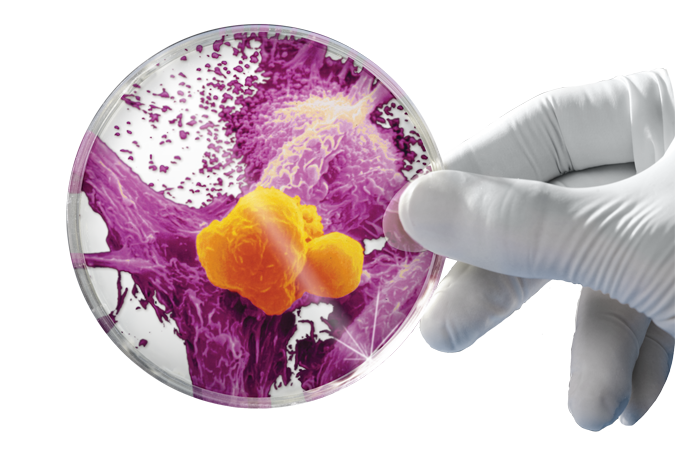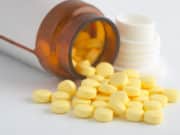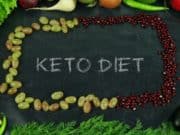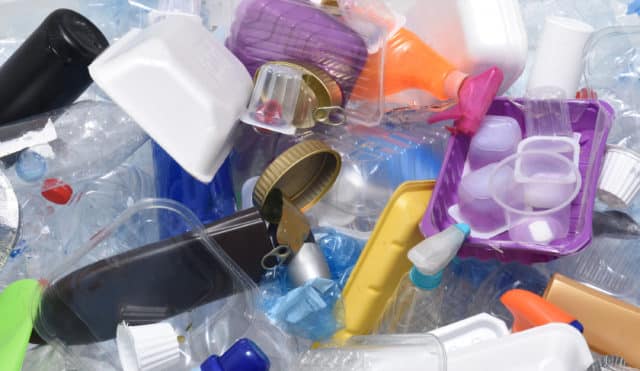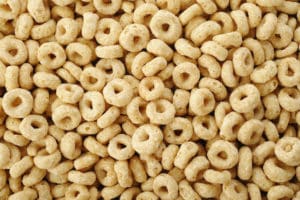 An American Academy of Pediatrics (AAP) policy statement calls for urgently necessary reforms to the U.S. food additives regulatory process. Growing evidence suggests that some of the chemicals found in preservatives, food colorings, and packaging materials may harm the health of children. Some presently allowed chemicals are highly suggested to be avoided, especially by children.
An American Academy of Pediatrics (AAP) policy statement calls for urgently necessary reforms to the U.S. food additives regulatory process. Growing evidence suggests that some of the chemicals found in preservatives, food colorings, and packaging materials may harm the health of children. Some presently allowed chemicals are highly suggested to be avoided, especially by children.
An aggregate number of studies suggest some food additives can restrict a child’s growth, hormones, and development, according to the policy statement and technical report. Some food additives may also increase the risk of childhood obesity, rates that have tripled since the 1970s.
The US allows the use of more than 10,000 additives to package, preserve, or adjust the taste, nutrients, texture, or appearance of foods. Many were proposed for approval back in the 1950s, and roughly 1,000 additives are used under a “Generally Recognized as Safe” designation process, which doesn’t even require the approval of the U.S. Food and Drug Administration (FDA).
 The policy statement’s lead author and member of the AAP Council of Environmental Health, Dr. Leonardo Trasande, MD, MPP, FAAP, shares the critical weaknesses in the regulation of the current food additives. He says they do not do enough to ensure that the chemicals added to the foods are safe enough to be a part of a family’s diet. They are concerned about the significant gaps in data about the effects of these chemicals on children.
The policy statement’s lead author and member of the AAP Council of Environmental Health, Dr. Leonardo Trasande, MD, MPP, FAAP, shares the critical weaknesses in the regulation of the current food additives. He says they do not do enough to ensure that the chemicals added to the foods are safe enough to be a part of a family’s diet. They are concerned about the significant gaps in data about the effects of these chemicals on children.
Some additives are directly added to foods, while some indirect additives may include chemicals from paper, cardboard, dyes, glues, plastics, and various types of coatings used for processing and packaging.
Based on rising research evidence cited in the report, the most concerning additives include:
- Bisphenols (BPA), used in plastic containers and the lining of metal cans, can act like estrogen in the body and possibly change the timing of puberty, lessening fertility, increase body fat, and affecting the immune and nervous systems.
- Phthalates can increase childhood obesity, may affect male genital development, and contribute to cardiovascular disease.
- Perfluoroalkyl chemicals (PFCs), used in grease-proof paper and cardboard food packaging, may reduce immunity, fertility, and birth weight. Research also shows PFCs may have an effect on the thyroid system, key to metabolism, muscle control, digestion, bone strength, and brain development.
- Perchlorate is known to disrupt thyroid function, early life brain development, and growth.
- Artificial food colorings, which are very common in children’s food products, may be related to degraded attention-deficit/hyperactivity disorder (ADHD) symptoms. Studies cited in the report found a substantial number of children who cut synthetic food colorings from their diets to have a decreased ADHD symptoms.
- Nitrates/nitrites – These chemicals can interfere with thyroid hormone production and the blood’s ability to deliver oxygen in the body. Nitrates and nitrites also have been linked with gastrointestinal and nervous system cancers.
According to the AAP, possibly harmful effects of food additives are of special concern for children since they are more sensitive to chemical exposures. They also eat and drink more than adults do, relative to body weight, since they are still developing and growing.
Dr. Trasande also said that the chemicals from additives affect the endocrine system. For example, they can have adverse and lasting effects on a child since hormones coordinate complex functions throughout the body. Small disruptions at key moments in a child’s life can have lifelong consequences. He also added that roughly $340 billion makeup the estimated healthcare costs related to endocrine-disrupting chemicals.
The AAP also calls for a more transparent designation process for “Generally Recognized as Safe,” and should include new requirements for toxicity testing before it is introduced to the market. Re-testing of previously approved chemicals should also be enforced.
 AAP’s President for Council on Environmental Health, Dr. Jennifer Lowry, MD, FAAP, mentioned that the country needs more research to better understand how food additives can affect human health. What’s most important is re-testing for chemicals with obvious increasing evidence of risks, as well as those with safety data based on the outdated animal studies or testing methods. Dr. Lowry also pointed to a recent review of around 4,000 food additives, which found that 64% of them had no research to back them up and prove that they were safe for people to drink and eat.
AAP’s President for Council on Environmental Health, Dr. Jennifer Lowry, MD, FAAP, mentioned that the country needs more research to better understand how food additives can affect human health. What’s most important is re-testing for chemicals with obvious increasing evidence of risks, as well as those with safety data based on the outdated animal studies or testing methods. Dr. Lowry also pointed to a recent review of around 4,000 food additives, which found that 64% of them had no research to back them up and prove that they were safe for people to drink and eat.
Some of the AAP’s recommendations may necessitate congressional action. For example, the FDA presently lacks the authority it requires to review existing data on additives that are already on the market, or to re-test their safety for people’s consumption. In the meantime, the AAP recommends safe and simple steps that families can take to limit exposures to the chemicals of greatest concern. These include:
- Use glass or stainless steel, when possible.
- Avoid plastics with recycling codes 3 (phthalates), 6 (styrene), and 7 (bisphenols)
- Clean all fruits and vegetable, especially those that cannot be peeled.
- Buy and serve more fresh or frozen fruits and vegetables, and fewer processed meats, especially during pregnancy.
- Avoid microwaving food or beverages in plastic, especially infant formula and pumped human milk, since heat can cause plastics to leak BPA and phthalates into food.
- Try to avoid putting plastics in the dishwasher.
Dr. Trasande ends with a call to action from decision-makers to fix this issue despite the tough political climate, starting with rolling back the presumption of safety for chemicals added to foods.


